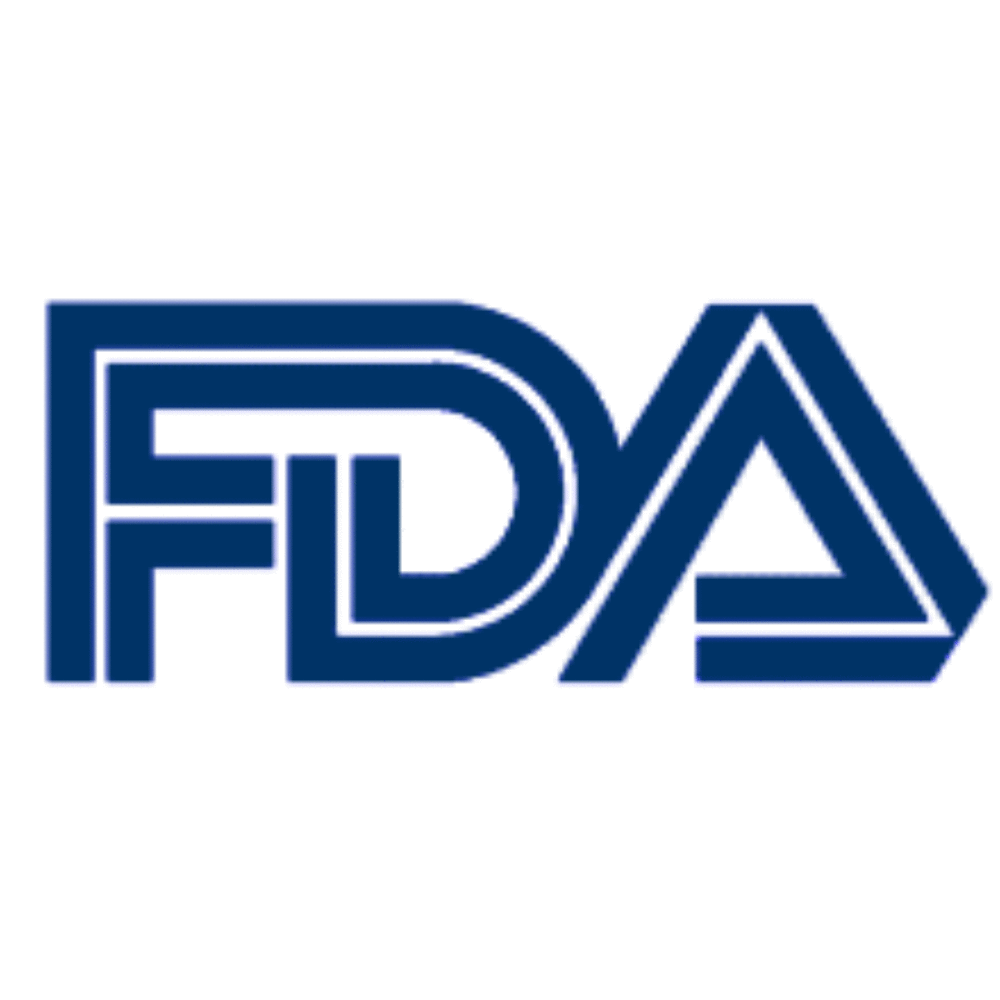FDA Should Improve Medical Device Recall Oversight: GAO Report

The FDA should do more to make sure that recalled medical devices actually get out of the hands of consumers, off of pharmacy shelves and out of hospital inventories once they’ve been officially removed from the market, according to a new government report.
The Government Accountability Office (GAO) released a new report on FDA recall oversight this month, determining that the agency is not doing enough to follow through on recalls of defective devices that can have deadly side effects and complications.
According to recommendations outlined in the GAO report, the FDA needs to do more to identify trends in medical device recalls and identify frequent causes of recalls to get ahead of the problem instead of chasing it with limited resources.

Did You Know?
Millions of Philips CPAP Machines Recalled
Philips DreamStation, CPAP and BiPAP machines sold in recent years may pose a risk of cancer, lung damage and other injuries.
Learn MoreThere were 3,510 medical device recalls from 2005 through 2009, according to the report. That averages to about 700 per year. Most of those recalls were class II, which is the classification for defective devices that carry a moderate health risk. Nearly half of those were cardiovascular, radiological or orthopedic devices.
The report focused on 53 Class I medical device recalls for its analysis, which is the most serious designation, indicating that the FDA believes there is a reasonable probability that the device will cause serious injury or death.
The GAO found instances where virtually none of the devices were accounted for, often because the manufacturer just assumed that consumers threw them away or had already used them. The report did not identify specific products or firms, but did identify their purpose.
In one example, about 471,000 insulin syringes were recalled because they contained incorrect doses of insulin. However, only 61,351 syringes were recovered, leaving 409,649 devices unaccounted for by the FDA and manufacturers, who believed the devices already used or thrown away.
In another case about 99 IV extension sets were recalled because they could cause an embolism, but only 56 were recovered with no explanation given for the other 43 missing units.
Out of 9,984 recalled endoscopic injectors that could damage vital organs and cause death, only 4,114 were recovered. The remaining 5,870 units could not be located, and some had already been used by the time the recall was initiated.
The GAO found that the FDA does not actually have an established criteria for judging the success of a recall and did not keep documentation for why recalls were considered completed, often with thousands of devices unaccounted for by the agency or manufacturers.
“FDA’s procedures for overseeing recalls are unclear,” the GAO concluded. “As a result, FDA officials examining similar situations sometimes reached opposite conclusions on whether recalls were effective.”
The GAO determined that the FDA needs to create a program that assess medical device recall information on a regular basis and uses that information to develop new strategies to mitigate health risks from unsafe medical devices. The GAO also said the FDA needs to clarify medical device recall audit check procedures, develop “explicit criteria” for judging the success of removal or corrective actions by medical device manufacturers, and document the basis for determining whether a recall has been completed.
Get more articles like this sent directly to your inbox.
"*" indicates required fields
2 Comments





BarbaraJune 28, 2011 at 7:55 am
Well I have had a very active campaign on this issue, have written the FDA and DEA with using 2D bar codes and even ran a poll on this, everyone loved it, patients, doctors, pharmacists and it would work for devices and drugs and help the DEA find stolen drugs. Over the last 2 years, I have written several articles but here's the main 2 and one was published in a financial magazine this month, [Show More]Well I have had a very active campaign on this issue, have written the FDA and DEA with using 2D bar codes and even ran a poll on this, everyone loved it, patients, doctors, pharmacists and it would work for devices and drugs and help the DEA find stolen drugs. Over the last 2 years, I have written several articles but here's the main 2 and one was published in a financial magazine this month, which you can see on the link and 2 weeks ago it appeared on the Microsoft Community Tag space. http://ducknetweb.blogspot.com/2010/05/microsoft-tags-microsoft-msdn-posts.html http://ducknetweb.blogspot.com/p/healthcare-bar-code-posts.html What was interesting was to see J and J put the bar codes on Baby Wipes and there's article on that too:) They know all about the program from my correspondence. http://ducknetweb.blogspot.com/2011/06/johnson-and-johnson-puts-microsoft-tag.html?utm_source=BP_recent
RuthieJune 26, 2011 at 6:45 am
They need to cleanup the fraud and abuses! The TMJ Implant Disaster continues to this day. My implant failed and I was problem that my doctor just wanted to go away! Flawed TMJ Research at a great cost! I praise Senator Grassley.